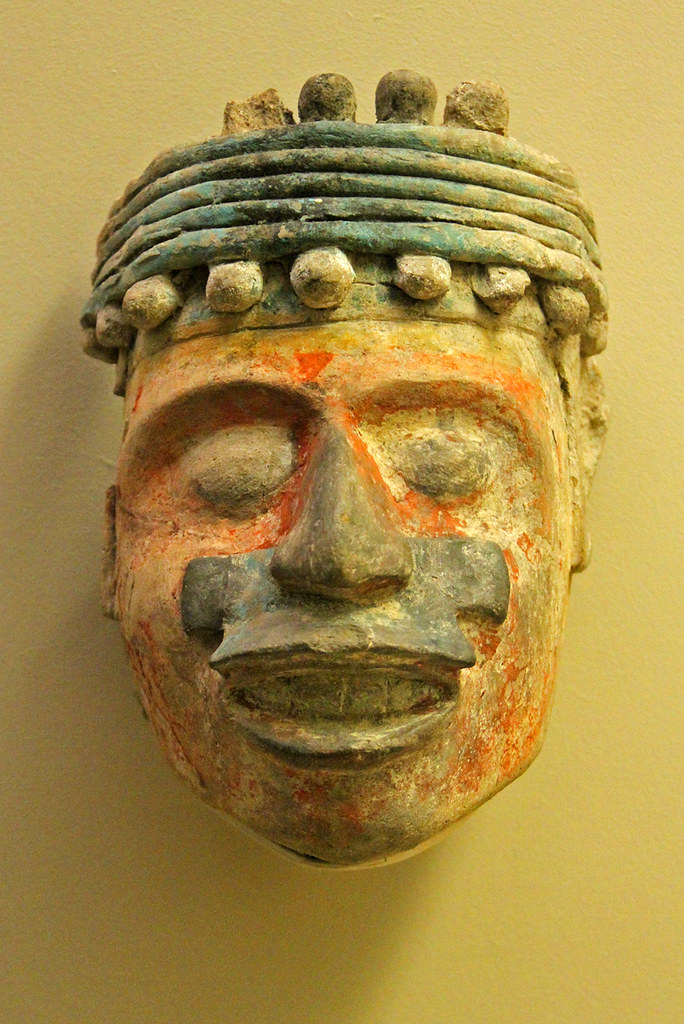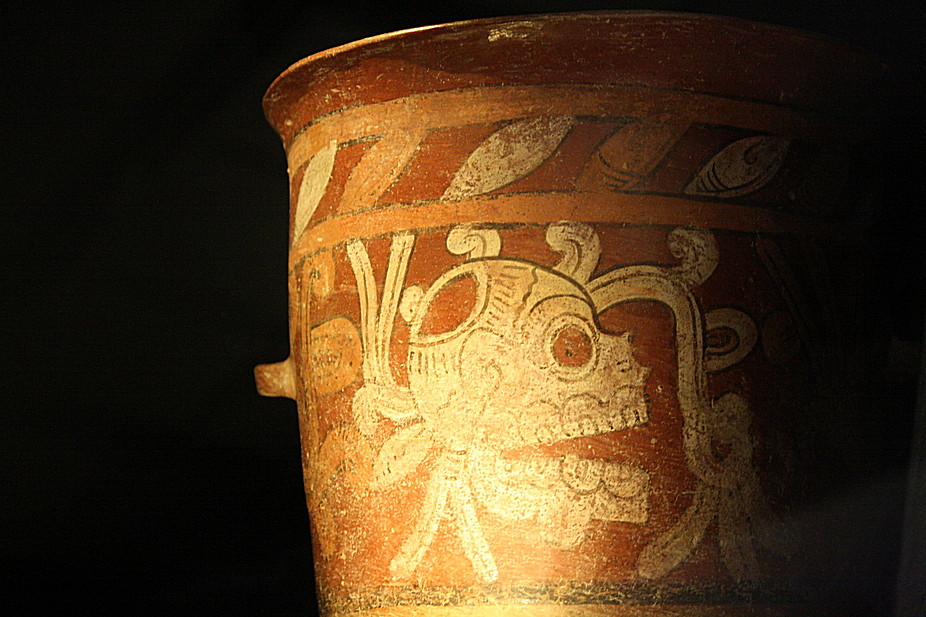
Aztec pottery is a captivating window into the vibrant world of ancient Mesoamerica, where these intricately crafted vessels played both functional and symbolic roles in society. The artistry of Aztec potters reflects a rich cultural heritage, showcasing their remarkable techniques and the importance of pottery in religious rituals and daily life. Below is a table highlighting key aspects of Aztec pottery that illustrates their historical significance and craftsmanship.
| Aspect | Description | Examples |
|---|---|---|
| Materials | Made primarily from clay, often mixed with volcanic ash to enhance durability. | Orange and red clay pottery, black polished ware. |
| Techniques | Hand-coiling method with painted or engraved designs. | Intricate motifs depicting deities, flora, and fauna. |
| Cultural Significance | Used in religious ceremonies, as dowries, and in everyday life. | Pottery depicting religious symbols, household items. |
The Artistry and Techniques of Aztec Pottery
Imagine crafting a vessel so beautiful that it remains a symbol of cultural heritage centuries after it was made. Aztec potters excelled in this kind of artistry, employing a hand-coiling method that allowed for exceptional creativity and precision. Their process involved layering coils of clay, which they meticulously smoothed to form the base of their creations. This technique was key in shaping everything from simple domestic wares to complex ceremonial pieces.
Intricately painted or engraved designs were common, portraying a rich tapestry of motifs that included deities, wildlife, and plants. These designs weren’t just for beauty; they held deep cultural and religious significance, connecting the physical world with the spiritual realm.
Material Mastery: Clay and Volcanic Ash
Delving into the materials used, it’s fascinating to see how the Aztecs transformed basic resources into enduring art forms. The use of clay as a primary material was fundamental, but its combination with volcanic ash truly set Aztec pottery apart. This mix not only enhanced the pottery’s durability but also allowed potters to achieve a distinctive orange or red hue that characterized much of the Aztec aesthetic.
In some cases, potters would finish their pieces with a black polish, creating a striking contrast with the vibrant colors of the painted motifs. This technique not only showcased the artist’s skill but also highlighted the symbolic elements depicted on the pottery surface.

The Role of Pottery in Aztec Society
Far more than mere household items, pottery played vital roles in both everyday life and spiritual practices. In homes, these pieces were indispensable for cooking, storage, and eating, their utility matched by their beauty. But it’s within the spiritual and ceremonial realms that Aztec pottery truly shines.

During religious ceremonies, specific vessels were used to hold offerings for the gods, embodying cultural narratives through their design. Pottery was also integrally linked to the tradition of dowries, forming a part of marital unions that underscored their societal values and connections.
Cultural Tales Told Through Clay
Every pot, vase, or jug carried a story, a glimpse into the lives and beliefs of the Aztecs. These stories were often vividly captured in the motifs decorating their surfaces. Common images included the revered gods of their pantheon, fantastical creatures, or scenes depicting everyday life, all of which spoke to a rich and complex belief system.
These creations not only served as utilitarian objects but also as cultural narratives, communicating stories from generation to generation. In this sense, Aztec pottery was both a canvas and a storyteller, preserving the rich tapestry of Aztec life and thought.
As we look back at these masterful works, we can appreciate their dual role in functionality and artistry. What aspects of Aztec pottery do you find most intriguing? Share your thoughts or favorite pieces and dive into a conversation about this fascinating cultural heritage. For more insights, explore our recent articles and content.
Explore Modern Interpretations of Aztec and Mayan Pottery
To further appreciate the legacy of Aztec pottery, check out this video by Josh Hogge Arts, where a contemporary urn inspired by both Mayan and Aztec cultures is showcased, highlighting the enduring influence and artistic craftsmanship rooted in ancient Mesoamerican traditions.
In wrapping up our journey through Aztec pottery, it’s clear that these remarkable pieces are more than just art; they’re storytellers of a bygone era, preserving the essence of a complex and vibrant civilization. Each vessel, with its unique designs and craftsmanship, offers us a glimpse into the daily lives, beliefs, and aesthetics of the Aztec people.
Stay Connected and Explore More
If you found this exploration of Aztec pottery fascinating, why not stay updated with more cultural insights and stunning artifacts? Follow us on Instagram to continue discovering the rich heritage and timeless beauty that history has to offer.
